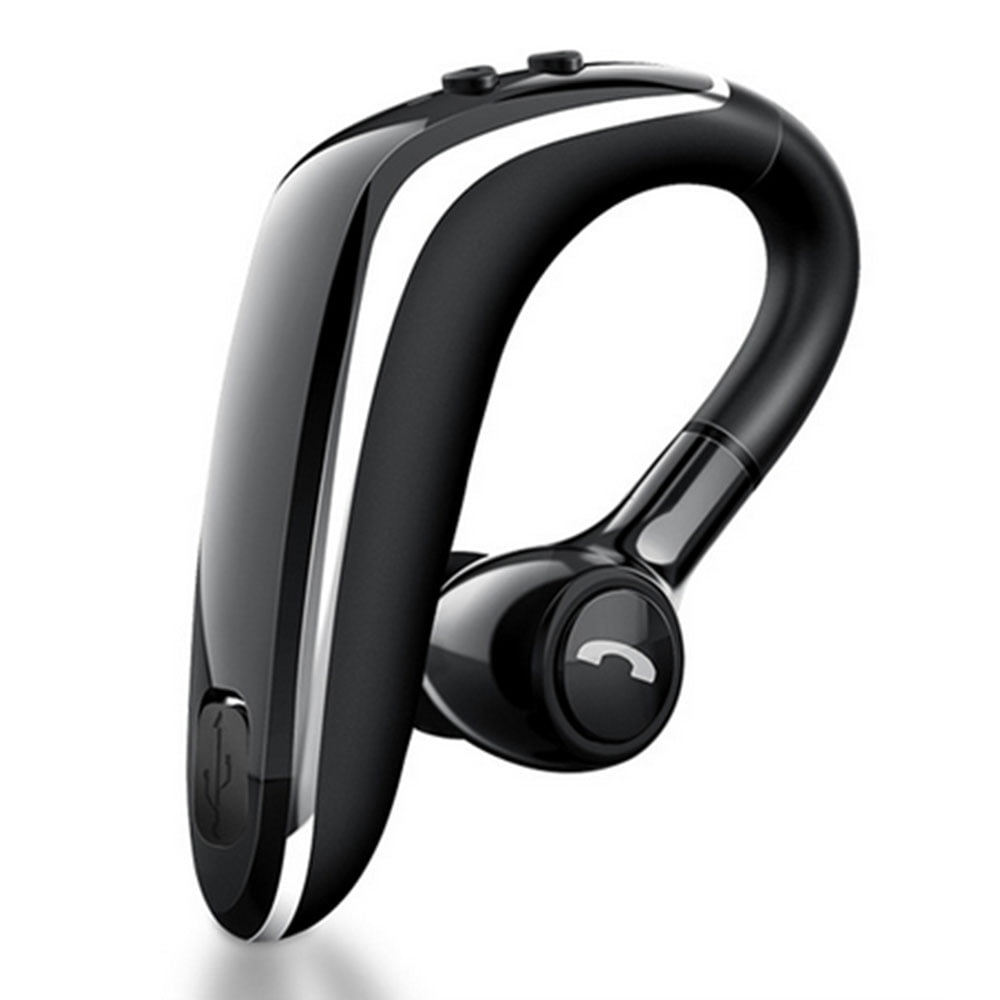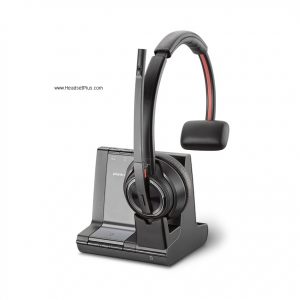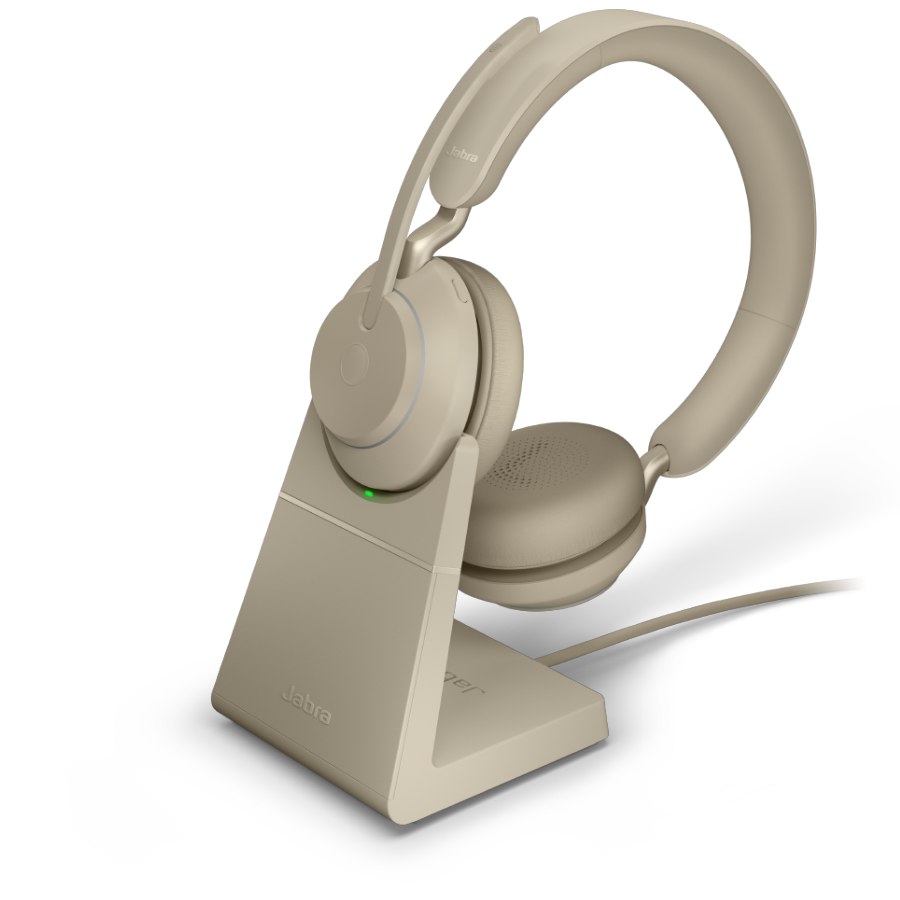

So let’s jump straight into the 2 main markets: OK so now that we have hopefully helped you “ wake up and smell the coffee” to quality USB headsets, let’s see what the best USB headsets are on the market! Obviously we are not going to go down the cheap route (if you have read this far, you will know why) They have invested many millions in this technology and the uptake may be slower than originally planned but it's gaining ground.
#WIRELESS HEADSETS SKYPE FOR BUSINESS MAC SOFTWARE#
Every major commercial phone & software company like Avaya, Cisco, Mitel, Polycom and of course Microsoft (MS Lync) has a UC application. There are so many things that the technology has to overcome when a call is being sent over an IP connection rather than the old fashioned copper wires. The technology used in mid to high end UC or Unified Communication headsets is serious stuff. This where it gets serious (that is if you are serious about the relationship and communication you have with your customers) Build quality is everything and especially what’s inside, technology wise. (If it’s not seriously filtering out the background noise, it sounds awful to the person calling you and leaves the wrong impression. (Basically, cheap components mean cheap call quality) Because so many things are affected with a cheap USB headset. If you use a “cheap” (read: quality, build, component & price) USB headset for Skype or any other PC-MAC softphone application, then you are doing yourself and the person you are talking to a huge injustice. But then some people rely on a web cam with a mic to make a call (even a serious business call! If they do use a USB headset, it’s often the cheapest quality one they can find in one of the big electronic sheds (you know who they are) basically serious business people need serious business tools. Well, as I mentioned earlier, Skype have created a robust and for the most part, a very reliable communications platform. So, that is Skype for business and MS Teams for the majority, but what has this got to do with a headset supplier I hear you cry? With that increase, there comes a more robust “enterprise grade security”, the ability to manage all those accounts and integration with office apps (don’t forget its Microsoft who owns Skype) and a monthly cost of course. It’s the most commonly asked question and the true answer is: “not a lot really” the bog standard Skype can and is used for business anyway, according to the Skype website, normal Skype is for up to 20 employees and Skype for business will take you to the dizzy heights of 250 employees. So what is the real difference between Skype and Skype for business?

Especially with the introduction of “Skype for Business” (now Microsoft Teams) now upon us. It’s fair to say that Skype has come a long way in a few short years and is consistency trying to reinvent itself as a serious communication tool contender. Its popularity has never waned as a communication tool and its being used more and more for serious conversations. Typically calls to friends and relatives, especially when someone is overseas via video chat etc.

Skype for many years has been predominantly used in a domestic setting. UPDATED: Skype for Business still exists but Microsoft Teams has now been adopted as its successor.


 0 kommentar(er)
0 kommentar(er)
